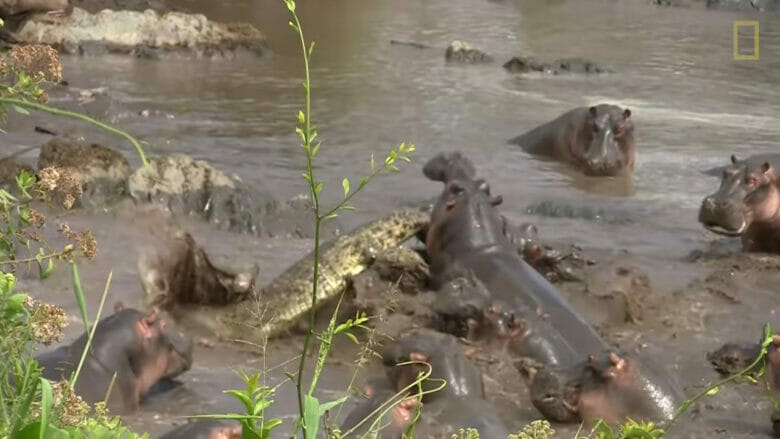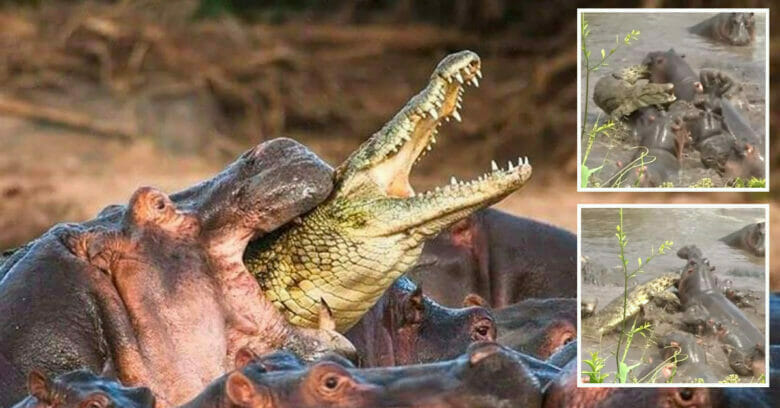Hippopotamuses love water, which is why the Greeks named them the “river horse.” Hippos spend up to 16 hours a day submerged in rivers and lakes to keep their massive bodies cool under the hot African sun. Hippos are graceful in water, good swimmers, and can hold their breath underwater for up to five minutes. However, they are often large enough to simply walk or stand on the lake floor, or lie in the shallows. Their eyes and nostrils are located high on their heads, which allows them to see and breathe while mostly submerged.

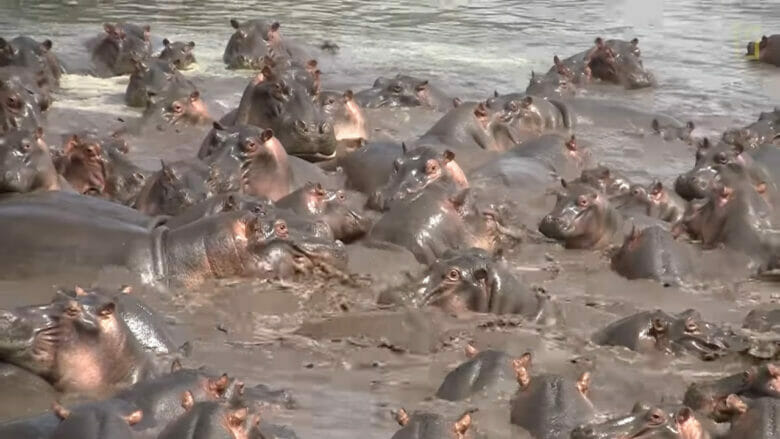
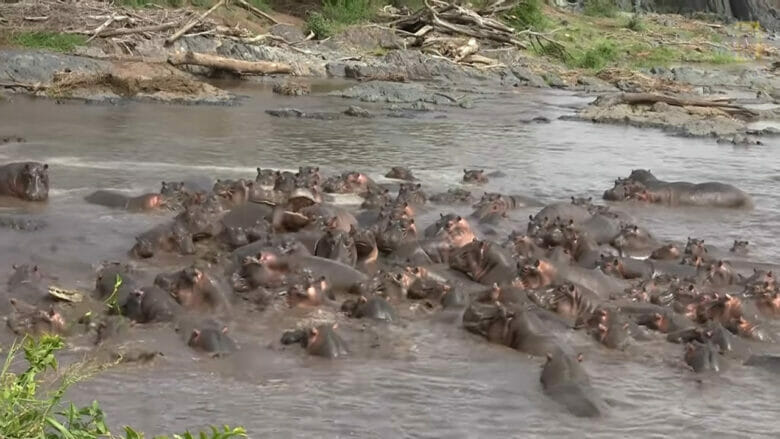
Hippos on Land
At sunset, hippopotamuses leave the water and travel overland to graze. They may travel 6 miles in a night, along single-file pathways, to consume some 80 pounds of grass. Considering their enormous size, a hippo’s food intake is relatively low. If threatened on land hippos may run for the water—they can match a human’s speed for short distances.
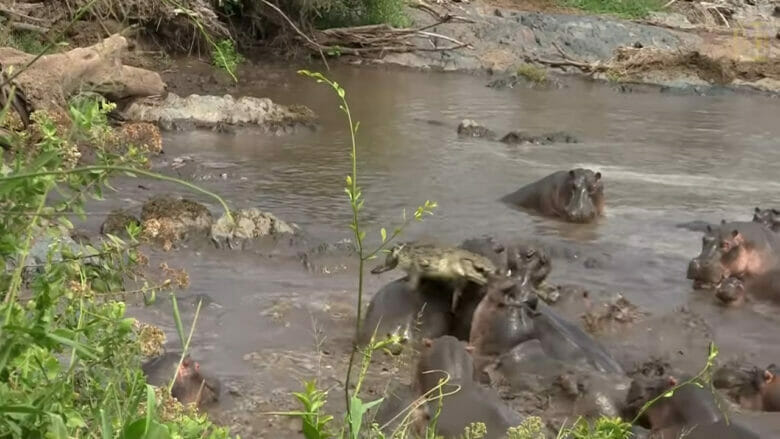
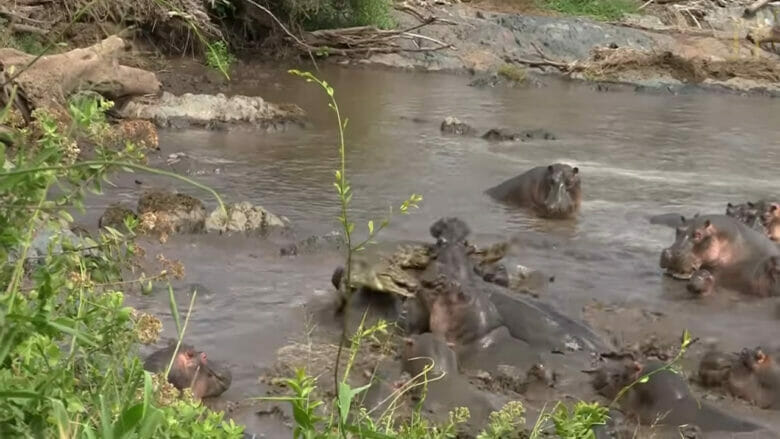
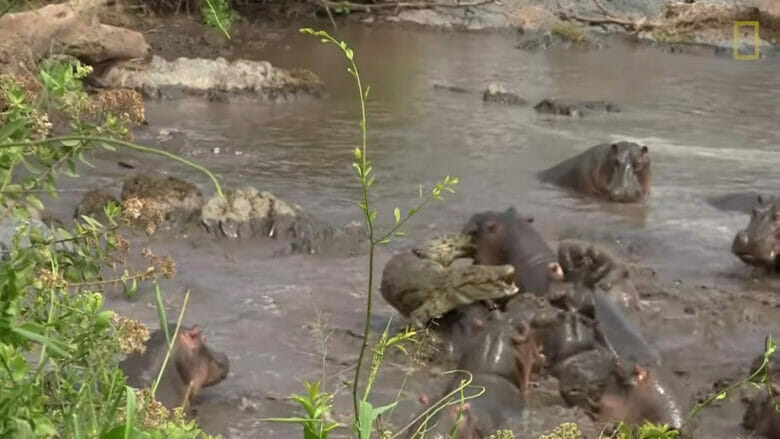
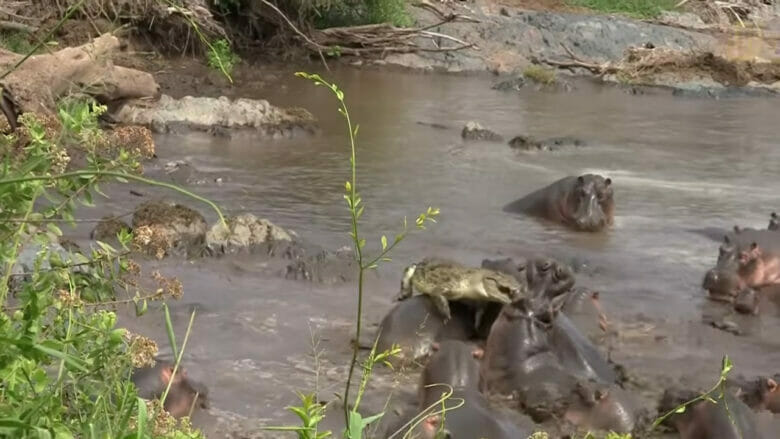
Reproduction
Hippo calves weigh nearly 100 pounds at birth and can suckle on land or underwater by closing their ears and nostrils. Each female has only one calf every two years. Soon after birth, mother and young join schools that provide some protection against crocodiles, lions, and hyenas.
